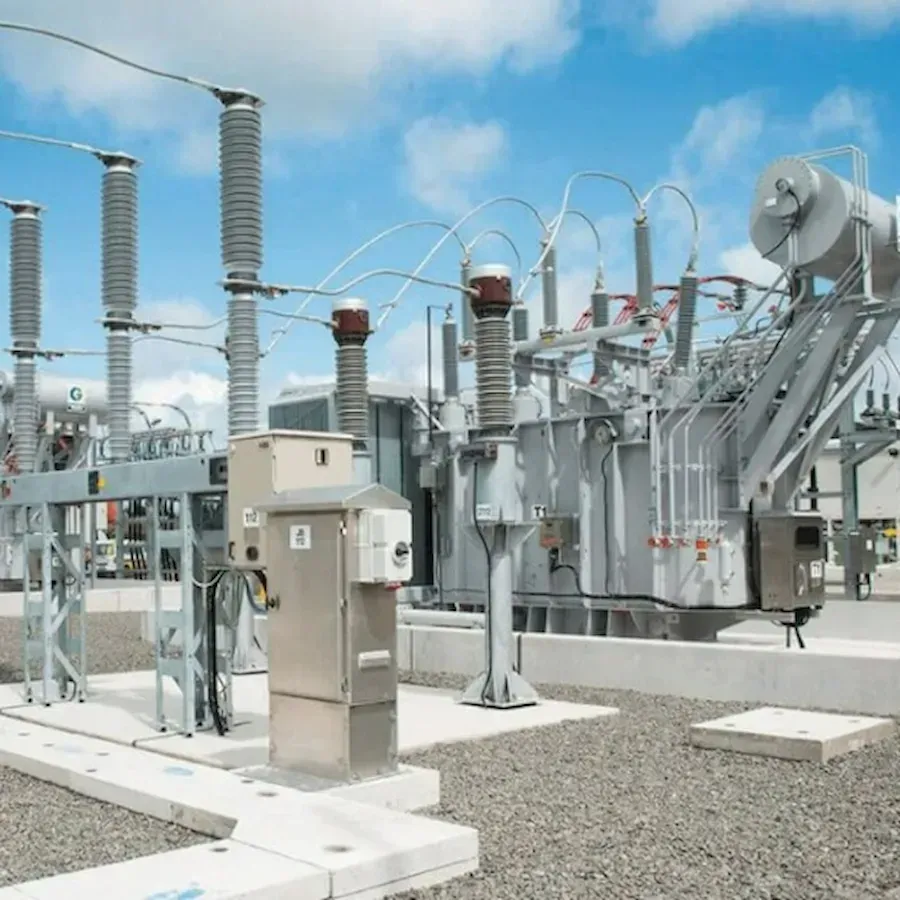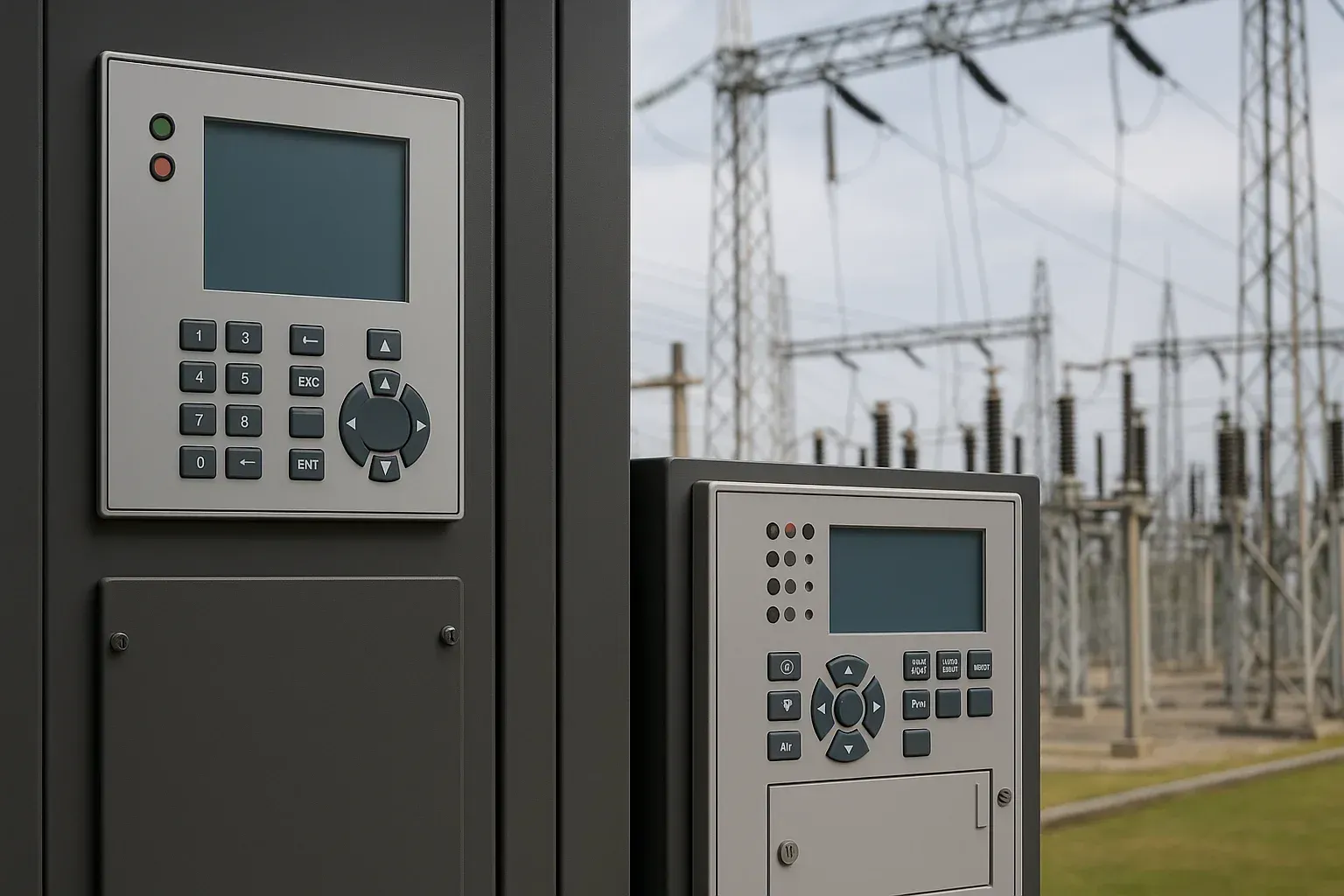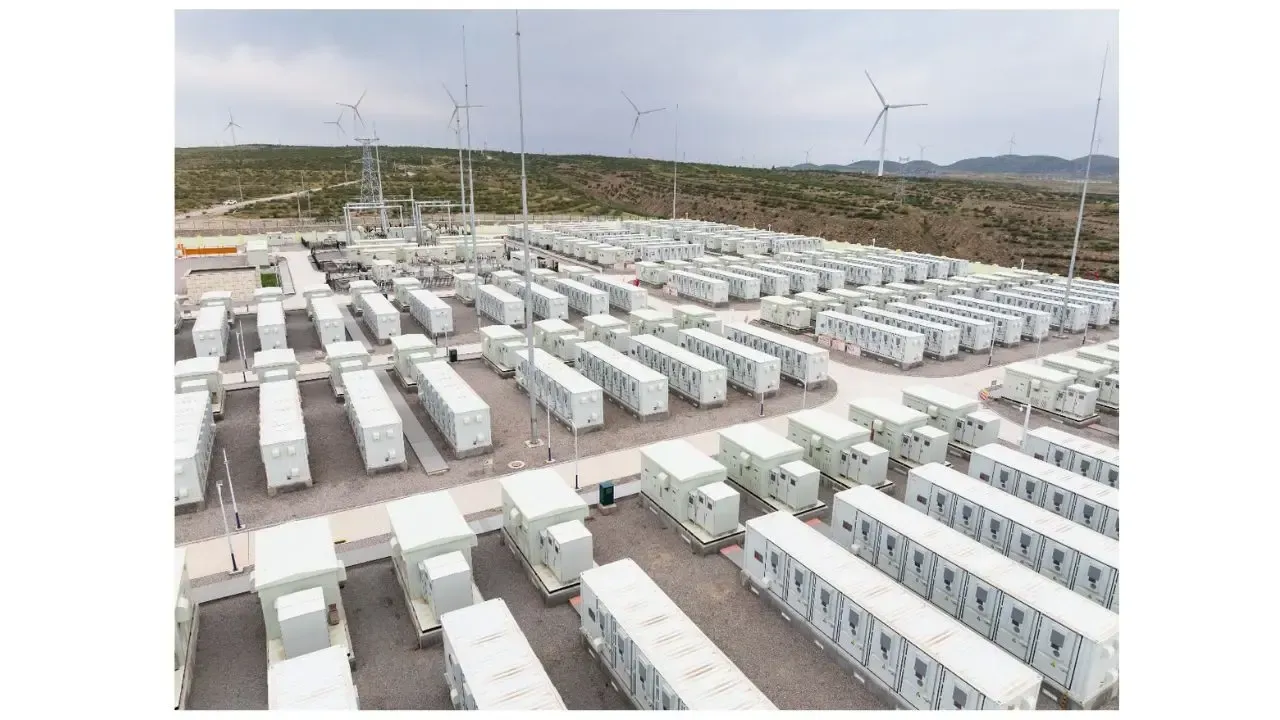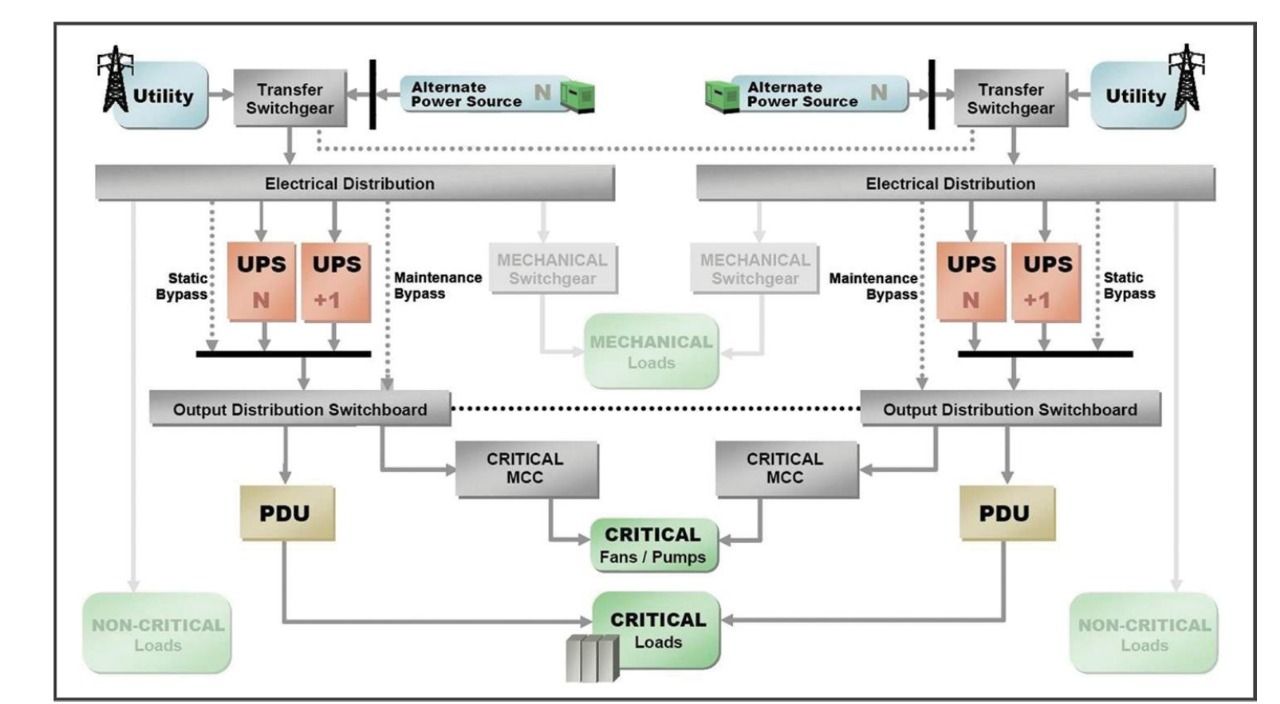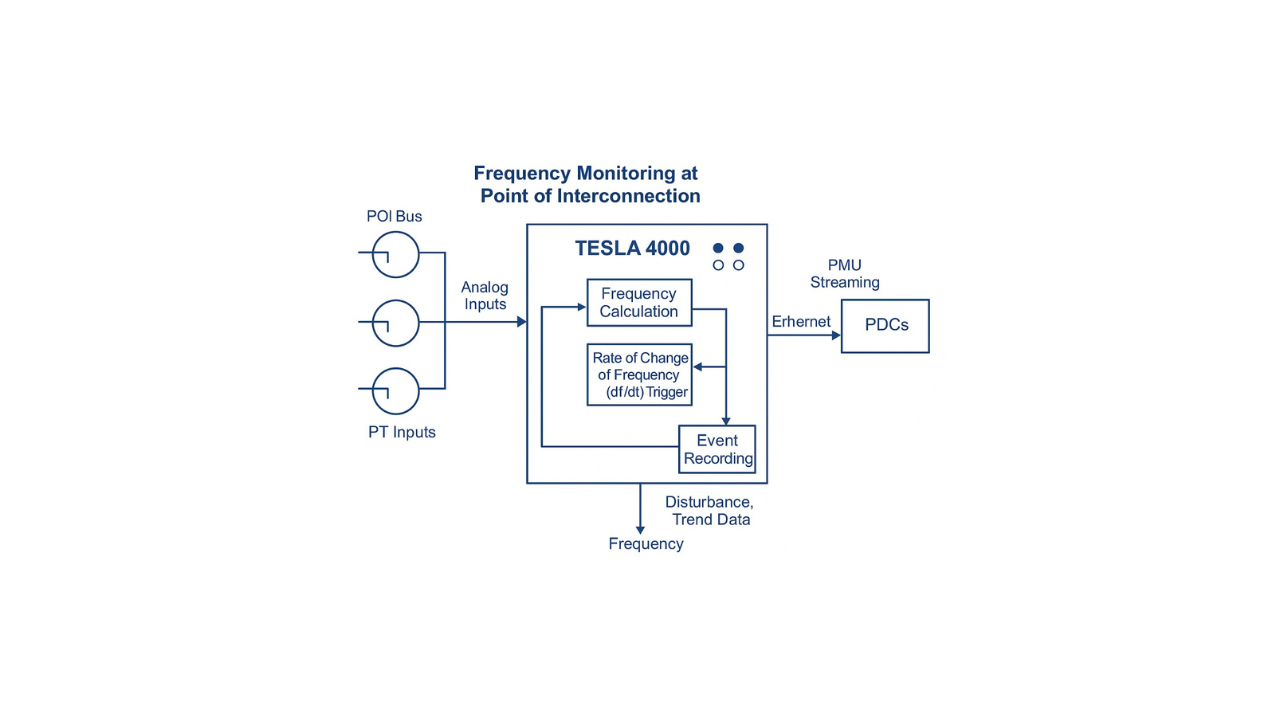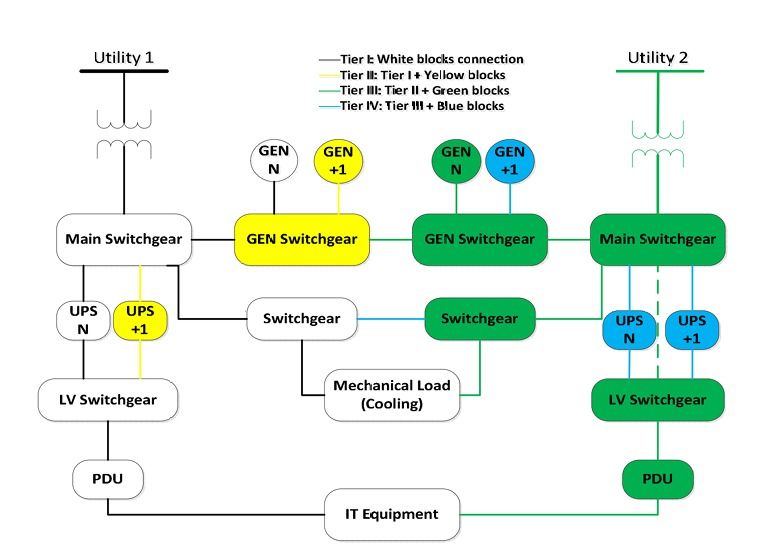Unlocking the Wind: How Grid Codes Are Shaping the Future of Wind Farms
May 27, 2025 | Blog

As the global push for renewable energy accelerates, wind energy has taken center stage. But integrating wind farms into the electrical grid presents unique challenges due to the variability and intermittency of wind power. To ensure reliability, stability, and quality of supply, countries around the world have developed grid codes—technical standards that dictate how wind farms must behave when connected to the power system.
In the paper "A Review of Grid Code Technical Requirements for Wind Farms", the authors provide a comparative analysis of key technical requirements from international grid codes, highlighting how they have evolved to support the integration of large-scale wind energy. This blog post distills their findings into digestible insights for developers, engineers, and policymakers alike.
1. Voltage and Frequency Requirements
Grid codes increasingly demand that wind farms contribute to voltage and frequency regulation. This includes:
- Voltage Ride-Through (VRT): Wind farms must remain connected during grid faults.
- Frequency Support: Wind turbines are expected to help arrest frequency drops or rises through inertial response and active power control.
2. Reactive Power and Voltage Control
Modern grid codes require wind farms to supply reactive power to support voltage levels at the Point of Common Coupling (PCC). This entails:
- Specified power factor ranges.
- Capability curves similar to synchronous generators.
- Voltage control modes such as constant voltage or droop control.
3. Active Power Control
Wind farms are no longer passive providers of power. They must:
- Curtail output on demand.
- Provide ramp rate control.
- Contribute to frequency containment reserves (FCR) and automatic generation control (AGC) in some regions.
4. Fault Ride-Through (FRT) Capabilities
Wind farms must be resilient:
- Low Voltage Ride Through (LVRT) and High Voltage Ride Through (HVRT) capabilities are increasingly stringent.
- This prevents cascading failures by maintaining connectivity during short-term grid disturbances.
5. Communication and Supervisory Control
Grid operators need visibility and control:
- Real-time telemetry.
- Remote control of output, voltage, and modes.
- Interface protocols like SCADA and IEC 61850 are becoming standard.
International Perspectives
The paper compares grid code evolution in regions including:
- Europe (ENTSO-E): Harmonized requirements across member states emphasize resilience and flexibility.
- North America (WECC, NERC): Focus on reliability and blackout prevention with stringent fault-ride-through demands.
- Asia (China, India): Rapid updates to grid codes reflect aggressive renewable integration targets.
Conclusion
Grid codes are not static—they evolve with the grid's needs and technological progress. The trend is clear: wind farms must act more like traditional generators, contributing actively to system stability. This transformation requires careful planning, sophisticated control systems, and continuous collaboration between wind developers and grid operators.
15 Frequently Asked Questions (FAQs)
1. What is a grid code?
A grid code is a technical specification that outlines how a power plant, including wind farms, must connect to and interact with the power grid.
2. Why are grid codes important for wind farms?
They ensure wind farms contribute to system stability, voltage regulation, frequency support, and fault resilience.
3. What does Voltage Ride-Through (VRT) mean?
VRT refers to the wind farm's ability to stay connected during voltage sags or swells without disconnecting.
4. What is the role of reactive power in grid codes?
Wind farms must supply reactive power to control voltage at the PCC, enhancing grid stability.
5. What is Frequency Support?
Wind farms provide inertial and primary frequency response to stabilize grid frequency during disturbances.
6. Do wind farms need to support both LVRT and HVRT?
Yes. They must remain operational through both low and high voltage disturbances, depending on local grid codes.
7. How do grid codes vary by country?
Requirements differ based on local grid stability, penetration levels, and regulatory environments. The EU and US have more mature codes than emerging markets.
8. What is the Point of Common Coupling (PCC)?
PCC is the interface between the wind farm and the transmission system where grid code compliance is typically enforced.
9. Are wind farms required to control their active power?
Yes. They may need to curtail or ramp their output in response to grid operator commands.
10. How is communication handled between wind farms and grid operators?
Modern wind farms must support SCADA systems, telemetry, and real-time control interfaces.
11. What is IEC 61850?
A communication protocol widely used in substations and wind farms for fast, standardized, and interoperable control and monitoring.
12. What is the role of fault ride-through in preventing blackouts?
It ensures generation remains online during faults, preventing cascading failures and large-scale outages.
13. Do all wind turbines support grid code requirements?
Not inherently. Turbines often need customized controls and converters to meet local requirements.
14. How often are grid codes updated?
Frequently. Especially in countries with rapid renewable integration, updates may happen every few years.
15. What are the challenges for developers in meeting grid code requirements?
Adapting control systems, securing compliance testing, and managing regional variations are significant hurdles.

About the Author:
Sonny Patel P.E. EC
IEEE Senior Member
In 1995, Sandip (Sonny) R. Patel earned his Electrical Engineering degree from the University of Illinois, specializing in Electrical Engineering . But degrees don’t build legacies—action does. For three decades, he’s been shaping the future of engineering, not just as a licensed Professional Engineer across multiple states (Florida, California, New York, West Virginia, and Minnesota), but as a doer. A builder. A leader. Not just an engineer. A Licensed Electrical Contractor in Florida with an Unlimited EC license. Not just an executive. The founder and CEO of KEENTEL LLC—where expertise meets execution. Three decades. Multiple states. Endless impact.
Services

Let's Discuss Your Project
Let's book a call to discuss your electrical engineering project that we can help you with.

About the Author:
Sonny Patel P.E. EC
IEEE Senior Member
In 1995, Sandip (Sonny) R. Patel earned his Electrical Engineering degree from the University of Illinois, specializing in Electrical Engineering . But degrees don’t build legacies—action does. For three decades, he’s been shaping the future of engineering, not just as a licensed Professional Engineer across multiple states (Florida, California, New York, West Virginia, and Minnesota), but as a doer. A builder. A leader. Not just an engineer. A Licensed Electrical Contractor in Florida with an Unlimited EC license. Not just an executive. The founder and CEO of KEENTEL LLC—where expertise meets execution. Three decades. Multiple states. Endless impact.
Leave a Comment
We will get back to you as soon as possible.
Please try again later.
Related Posts


